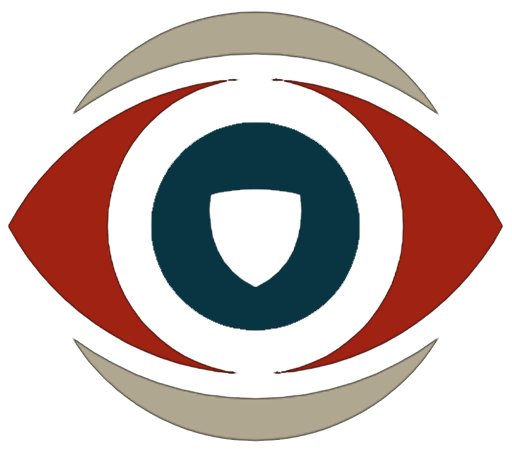As the push for global sustainability gains traction, a surge in green innovation is transforming industries globally. In the display technology sector, manufacturers are redefining their core strategies, focusing not only on product excellence but also on integrating environmental sustainability. Leading companies are setting ambitious targets for carbon neutrality, embracing renewable energy, and implementing other measures to enhance their environmental footprint. Here, we delve into the latest developments in this evolving landscape.
Green Display Technologies: Moving Beyond Concepts to Reality
For years, the idea of integrating eco-friendly practices into display technology has been a topic of discussion. However, true integration has only recently become feasible with the maturation of cutting-edge innovations. Today, leading manufacturers are incorporating eco-friendly practices into every stage of production and operation, contributing to a more sustainable industry.
One significant advancement is the adoption of common cathode architectures in RGB LEDs, which optimizes voltage distribution and significantly reduces power consumption. Additionally, the use of flip-chip Chip-on-Board (COB) technology has transformed thermal management in LED displays, enhancing heat dissipation and simplifying encapsulation. Hikvision’s LED displays, which utilize flip-chip COB, can reduce energy consumption by up to 45% and lower device temperatures by 5–10°C.
Energy-saving algorithms, which adjust brightness and contrast based on real-time image analysis, are also critical in reducing environmental impact. These innovations show that high-quality display performance and environmental responsibility can coexist.
Protecting Users’ Vision
When discussing display products, it’s imperative to address their impact on eye health. Today’s innovative technologies include filters that block harmful blue light wavelengths, reducing digital eye strain during extended use. For instance, TÜV Rheinland-certified blue light protection in WonderHub interactive displays minimizes eye strain during prolonged meetings and educational sessions.
Flicker-free power supply is another crucial feature that helps mitigate visual discomfort. By eliminating visible flicker, interactive displays can help reduce eye strain and prevent long-term vision issues. These advancements align technology with user health priorities.
Motivating Green Innovation
Achieving sustainability in the display industry hinges on responsible manufacturing practices. Companies like Hikvision are leading the way by investing in renewable energy sources such as solar, wind, and hydropower, and even generating photovoltaic electricity on-site to reduce their carbon footprints. Strict compliance with environmental regulations like RoHS, REACH, POPs, and low-halogen standards ensures a safer and more environmentally friendly material supply chain.
This holistic approach extends to the materials used in product design. Hikvision’s 5th generation LED cabinets, for example, feature shells composed of up to 90% recycled aluminum, with packaging cartons made entirely from recycled materials. Hikvision’s 16 LED display products are the first to receive TÜV Rheinland’s Green Product Mark certification, reflecting their commitment to sustainability.
WonderHub has also made strides in sustainability by using 100% recyclable cushioning materials and protective bags with high recycled content. These efforts significantly decrease waste and move the industry toward a more circular economy.
Green innovation is more than just enhancing efficiency; it’s about fundamentally rethinking material selection, product assembly, and delivery processes. By adopting eco-friendly materials, intelligent energy management, and robust recycling programs, it’s possible to achieve top-tier performance while minimizing environmental impact.

